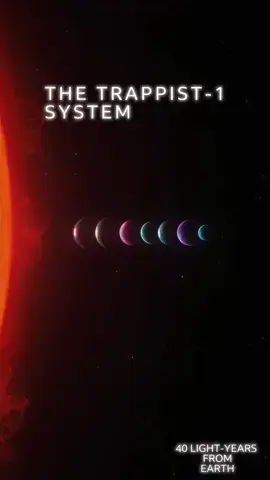𝕜𝕙𝕒𝕝𝕚𝕝𝕠𝕧𝟛𝟙𝟛
Region: AZ
Sunday 09 June 2024 18:04:28 GMT
64325
6218
9
313
Music
Download
Comments
nur ♥️ :
ölmdən qorxmuram ama nəsə his edirəm ki olardan tez ayrlacam
2024-06-10 08:02:35
2
Tək sevgim Allaha. :
can Hacı düz deyirsiz
2024-06-10 04:20:06
2
nur ♥️ :
çok qorxuram elə həyda övladlarmdan ayrı qalmağı mən olmsam nə edələr 😞
2024-06-10 08:01:59
2
guseynofha_ :
🙂🙂düzdü
2024-06-10 08:52:59
2
ibrahim.014 :
neye çox bağlansaniz ,onu itirdiyiniz zaman daha çox məyus olacaqsiniz
2024-06-18 17:51:04
0
guseynofha_ :
aça bilərsız gotrum
2024-06-10 08:53:13
0
🌼🩶 :
@Ceferoffa💝🐣
2024-06-10 17:20:34
1
🇦🇿/🇹🇷 :
🙏🙏🙏
2024-06-24 23:52:11
0
🇦🇿🩵 :
😔
2024-06-23 18:23:28
0
To see more videos from user @.khalilov313, please go to the Tikwm
homepage.





